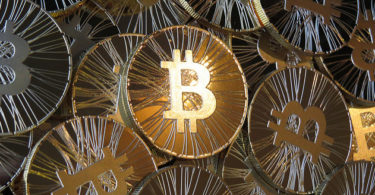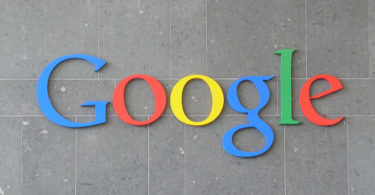Trump has had it!
He is apparently declaring a currency war on the rest of the world. Trump resents China and Europe cheapening the yuan and the euro against the dollar in order to help their exports and hurt ours.
He says it’s time for the U.S. to cheapen the dollar also. Trump has a point. If you put a 25% tariff on many Chinese exports to the U.S. (as Trump has done) or a 25% tariff on German cars exported to the U.S. (as Trump has threatened to do), it can be a powerful way to reduce the U.S. trade deficit and generate revenue for the U.S. Treasury.
But a trading partner can undo the effect of the tariff just by cheapening its currency.
Let’s say a Chinese-made cellphone costs $500 in the U.S. If you slap a 25% tariff on the imported phone, the immediate effect is to raise the price by $125.
A simple solution to tariffs is to devalue your currency by 20% against the dollar. Local currency costs do not change, but the cellphone now costs $400 when the local currency price is converted to U.S. dollars.
A 25% tariff on $400 results in a total cost of $500 — exactly the same as before the tariffs were imposed. Tariff costs have been converted into lower production costs through currency manipulation.
There’s only one problem with Trump’s currency war plan. There’s nothing new about it. The currency wars started in 2010 as described in my 2011 book, Currency Wars.
As soon as one country devalues, its trading partners devalue in retaliation and nothing is gained. It’s been described as a “race to the bottom.” Currency wars produce no winners, just continual devaluation until they are followed by trade wars.
Patriot Checks Available to 244 Million Americans
That’s exactly what has happened in the global economy over the past 10 years. But the final step in the sequence is often shooting wars. That’s what happened leading up to WWII. Let’s hope the currency wars and trade wars don’t turn into shooting wars as they did in the 1930s.
Meanwhile, the Fed is a critical player in the currency war because it has a major influence on the dollar.
The world is waiting to see what it does at its policy meeting on July 31. There is almost no chance the Fed will raise rates. The choices are to cut rates or keep rates unchanged. The market is betting heavily on a rate cut, for what it’s worth.
If the Fed cuts rates, we’ll have to see how other central banks react. But the Fed has many factors to consider when it meets later this month…for the full story visit dailyreckoning.com.






